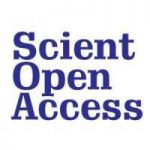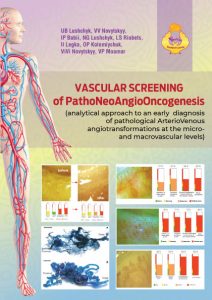Relevant research of the vascular factor in the process of uncontrolled tumor growth
The oncopathology together with the vascular pathology occupies a leading place among mortality and disability among the workforce [1, 2, 3, 4], and in recent decades patients with this pathology are younger: teenagers, children, and even newborns with tumors [5, 6, 7, 8]. In Ukraine, there are recorded cases of tumors in the fetus and attempts of intrauterine resection of such tumors [9]. The Chernobyl accident in 1986 may provoke an environmental disaster in Ukraine with the gradual growth of cancer pathology of various locations [10, 11, 12, 13]. In 2013, WHO adopted the Global Plan of Action on the prevention of non-communicable diseases and fight against them during 2013-2020, which provides for a series of actions aimed at reducing by 25% premature deaths from oncology and cardiovascular disease, diabetes, and acute respiratory diseases [14]. This is a quite good intention that requires adequate technologies.
As for the therapeutic management of neoangiogenesis, some pharmaceutical companies are trying to make antiangiogenic drugs – blockers for angiogenesis and neovascularization (cancer neovascular): (Avastin, Zolendronate, etc.) that slow down the process of uncontrolled growth in the vascular bed in situ [25, 26, 27]. However, each case requires proof for the existing vascular pathology and the dynamics of the personalized treatment result with neoangiogenesis blockers.
The Covid-19 pandemic in 2020 has strengthened the importance of early diagnosis of oncopathology and minimization of clinical signs of oncopathology in patients [32, 33]. Covid-19 mortality statistics among cancer groups indicates a high risk of morbidity and mortality from complications after Covid-19. Therefore, a tool is needed to visualize the process of neoangiogenesis and neooncogenesis differentiation in the initial stages of pathological transformation of the microvascular bed.
Our experience of long-term care of oncological patients with concomitant psychoneurological pathology has shown that even with the existing psychological support of specialists and relatives, the patient’s doubts in the possibility of cure for oncological diseases remain dominant in despair in the possibility of complete recovery and in the subconscious block of their future and the choice of death as an option for salvation from long-term and hopeless struggle against the serious illness.






